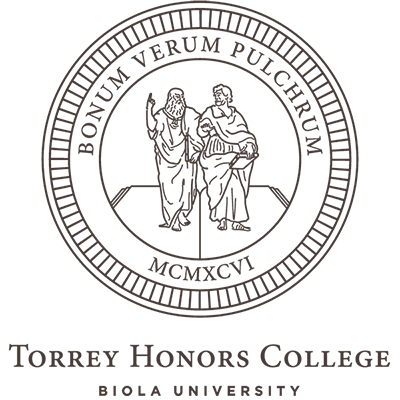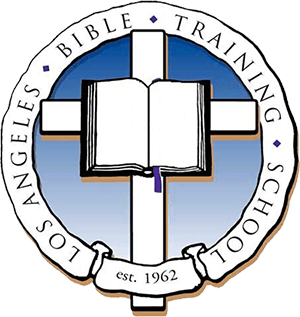A scene from the Leben der heiligen Altväter (1482)
“God is God for God: Aseity, Inseity, and Proseity in Evangelical Perspective”
in The God Who Is For Us (Zondervan, 2025), 1-16.

Oliver Crisp and Paul Nimmo have edited a set of papers from the 2024 Scottish Dogmatics Conference, under the volume title The God who is For Us (Zondervan Academic, 2025).
My contribution to the volume is chapter one, “God is God for God: Aseity, Inseity, and Proseity in Evangelical Perspective.” It’s written in a pretty compressed style, and it’s definitely pitched for an academic audience. But it’s my attempt to describe how all of Christian theology, including soteriology, ought to be oriented toward maintaining God’s aseity. First I make that point by exploring how Scripture and the theological tradition use recursive statements about God, especially in the form of compound words formed with the prefix auto-. Second, I explain the doctrinal implications, which are not just what we would conventionally recognize as the doctrine of divine aseity, but also the less familiar inseity and proseity. I also think that this mode of thought is not just an implication of divine simplicity, but is more primal than that. It’s an angle on why we would talk about divine simplicity in the first place: to unfold conceptually the God’s Godness for God.
The chapter is in Zondervan Academic’s book The God Who is For Us: Explorations in Constructive Dogmatics (2025). But there is a little sample from my chapter:
The dogmatic assertion that God is God for God is a doubly recursive statement, conspicuously self-referential. By triply repeating the divine monosyllable in the most cramped quarters possible, it risks the logical offense of mere tautology. But it also risks inducing semantic satiation, that repetitive stress injury of the ear and mind caused by hearing the same word too many times in a row. Under pressure of repetition, in semantic satiation sound and sense dissociate and refuse to keep keeping company; you wonder where the word went.
We will accept the risk of semantic satiation, because in order to say what needs to be said about God and salvation, we must use the word God quite a bit, but not in vain. I could state my basic thesis with maximal compression: The God who is for us is God for God; or, God is God for us for God. This has the virtue of being concise, but it has almost no other virtue. Instead of proceeding further down that line, let us sneak up on the key insight, using a strategy of synonyms, conceptual paraphrases, and fruitful redescriptions.
This chapter has three main movements. First, we will describe the particular kind of self-referentiality that is appropriate for responsible speech about God, a self-referentiality that I call auto-discourse. From this perspective, second, we will engage the modern retrieval of the doctrine of divine aseity and will do so by invoking the less familiar terms inseity and proseity. And third, against this necessary background, we will consider the soteriological vision of the God who is for us.I. Godself: How Auto-Discourse Functions in the Doctrine of God
Verbal repetition is not the only conceptual option in the doctrinal toolkit for theologians seeking to speak well of God, nor even the most basic. Another important strategy is what we might call auto-discourse, or any
 Fred Sanders
Fred Sanders

